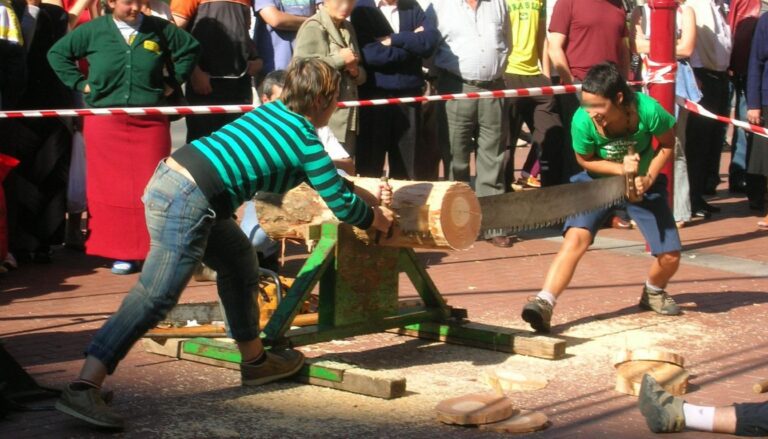Nestled in the Kansai region of Japan, Nara stands as a testament to the country’s rich cultural heritage. As Japan’s first permanent capital, Nara played a pivotal role in shaping the nation’s history, art, and religion. Today, this charming city offers visitors a unique glimpse into ancient Japan, where sacred deer roam freely and majestic temples tell stories of centuries past.
Table of Contents
Best Places to Visit
Todaiji Temple: Home to the Great Buddha (Daibutsu), one of Japan’s most famous icons, this enormous wooden structure is a marvel of ancient architecture. The massive bronze Buddha statue inside leaves visitors in awe of its scale and beauty.
Nara Park: Known for its friendly deer, considered messengers of the gods in Shinto religion, this expansive park is the heart of Nara. Visitors can feed the deer special crackers while enjoying the natural beauty of the area.
Kofuku-ji Temple: With its distinctive five-story pagoda, this temple complex showcases the beauty of ancient Japanese Buddhist architecture. The on-site museum houses an impressive collection of Buddhist art.
Kasuga Taisha Shrine: Famous for its thousands of stone and bronze lanterns, this Shinto shrine offers a magical atmosphere, especially when the lanterns are lit during special festivals.
Isuien Garden: This tranquil Japanese garden provides a peaceful retreat from the bustling tourist sites, showcasing the art of borrowed scenery in its landscape design.
Things to See and Do
- Participate in a traditional tea ceremony at one of Nara’s historic tea houses, experiencing the grace and precision of this ancient art.
- Try your hand at ink painting or calligraphy in a workshop, learning about the importance of these art forms in Japanese culture.
- Visit the Nara National Museum to explore an extensive collection of Buddhist art and historical artifacts.
- Experience Zazen meditation at a local temple, gaining insight into Japanese Buddhist practices.
- Take a stroll down Naramachi, the former merchant district, to see well-preserved machiya (traditional townhouses) and small shops selling local crafts.
- Attend a traditional music or dance performance to immerse yourself in Japan’s rich performing arts heritage.
Best Time to Visit
Nara is beautiful year-round, but certain seasons offer unique experiences:
- Spring (March to May): Enjoy cherry blossoms in Nara Park and pleasant weather for outdoor exploration.
- Fall (October to November): Witness stunning autumn colors in the city’s parks and gardens.
- Winter (December to February): Experience the Wakakusa Yamayaki festival, where the grass on Mount Wakakusayama is set ablaze.
- Summer (June to August): Participate in lively summer festivals, though be prepared for heat and humidity.
How to Get Around
Nara is a compact city, making it easy to explore:
- Walking: Many of Nara’s main attractions are within walking distance of each other.
- Buses: A network of local buses connects major sights and the train station.
- Bicycles: Renting a bike is a great way to cover more ground and explore at your own pace.
- Taxis: Available but less necessary due to the city’s walkable nature.
Consider purchasing a Nara Park Area Pass for unlimited bus rides to major tourist spots.
Where to Stay
Nara offers various accommodation options to suit different preferences and budgets:
- Ryokan: Experience traditional Japanese hospitality in these classic inns, complete with tatami floors and futon bedding.
- Hotels: From luxury options to budget-friendly choices, Nara has a range of Western-style hotels.
- Guesthouses: For budget travelers, guesthouses offer a chance to meet fellow travelers in a cozy setting.
- Temple Lodgings: Some Buddhist temples offer overnight stays, providing a unique spiritual experience.
How to Stay Safe
Nara is generally a very safe city, but it’s always wise to take precautions:
- Be respectful of the deer in Nara Park. While friendly, they are wild animals.
- Keep valuables secure, especially in crowded tourist areas.
- Learn basic Japanese phrases for emergencies.
- Stay hydrated and protect yourself from the sun, especially during summer months.
- Follow posted rules and etiquette at temples and shrines.
Best Places to Book Your Trip
Planning your dream trip is easy with trusted travel platforms. To secure the best deals on flights, accommodations, and tours, check out:
- Booking.com: Offers a wide range of hotels, apartments, and hostels to suit every budget.
- GetYourGuide: Book unforgettable experiences like guided tours, cooking classes, and fast-track passes.
- Expedia: A great platform for bundling flights, hotels, and car rentals for a seamless booking experience.
- Skyscanner: Perfect for finding the best deals on flights.
Conclusion
Nara offers visitors a captivating journey through Japan’s ancient past, where every stone pathway and temple bell resonates with centuries of history. From the awe-inspiring Great Buddha to the enchanting deer of Nara Park, this city provides a unique blend of natural beauty, spiritual depth, and cultural richness. Whether you’re drawn by the allure of ancient temples, the charm of friendly deer, or the serenity of traditional gardens, Nara promises an unforgettable experience that will deepen your appreciation for Japan’s enduring cultural legacy.













